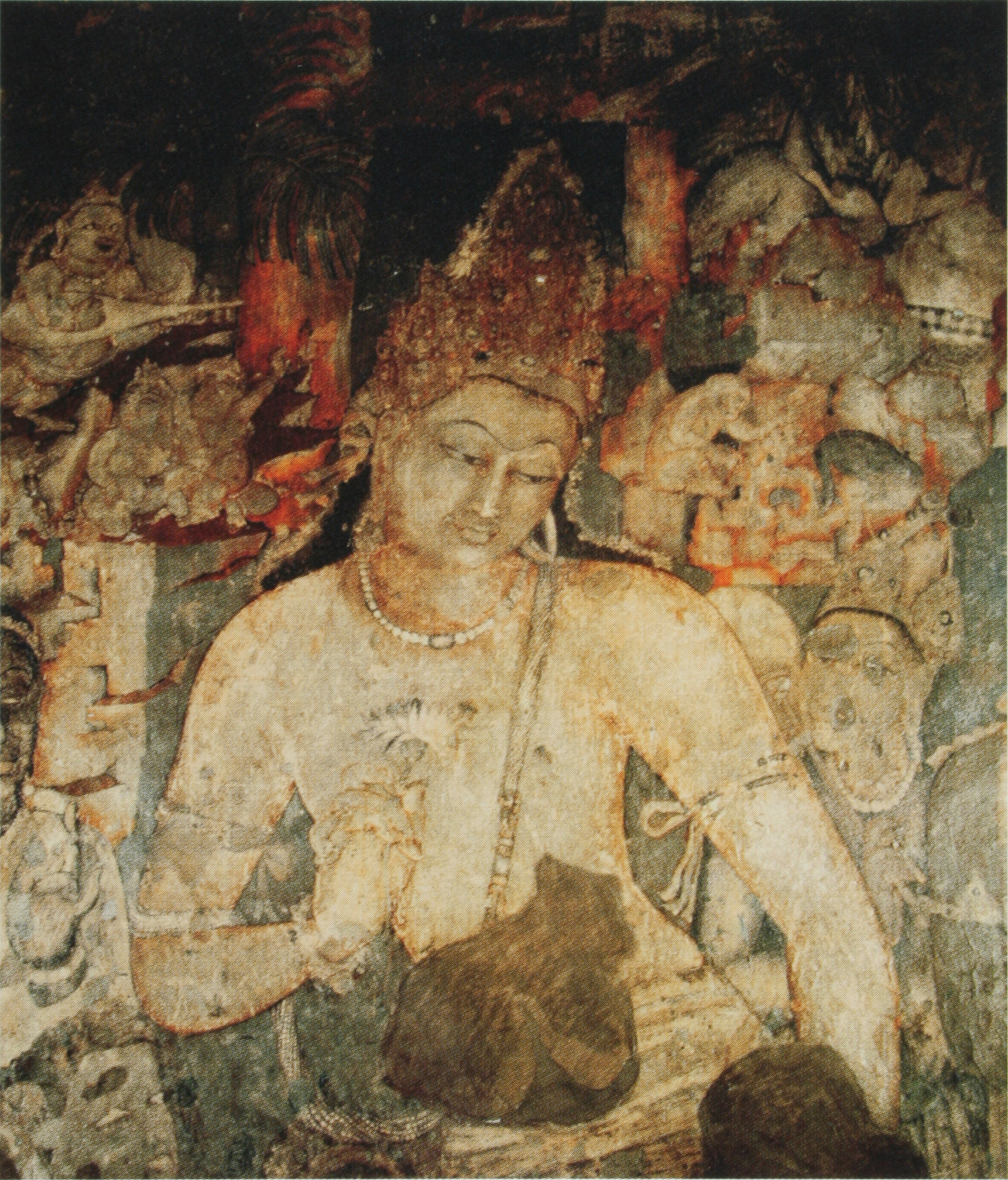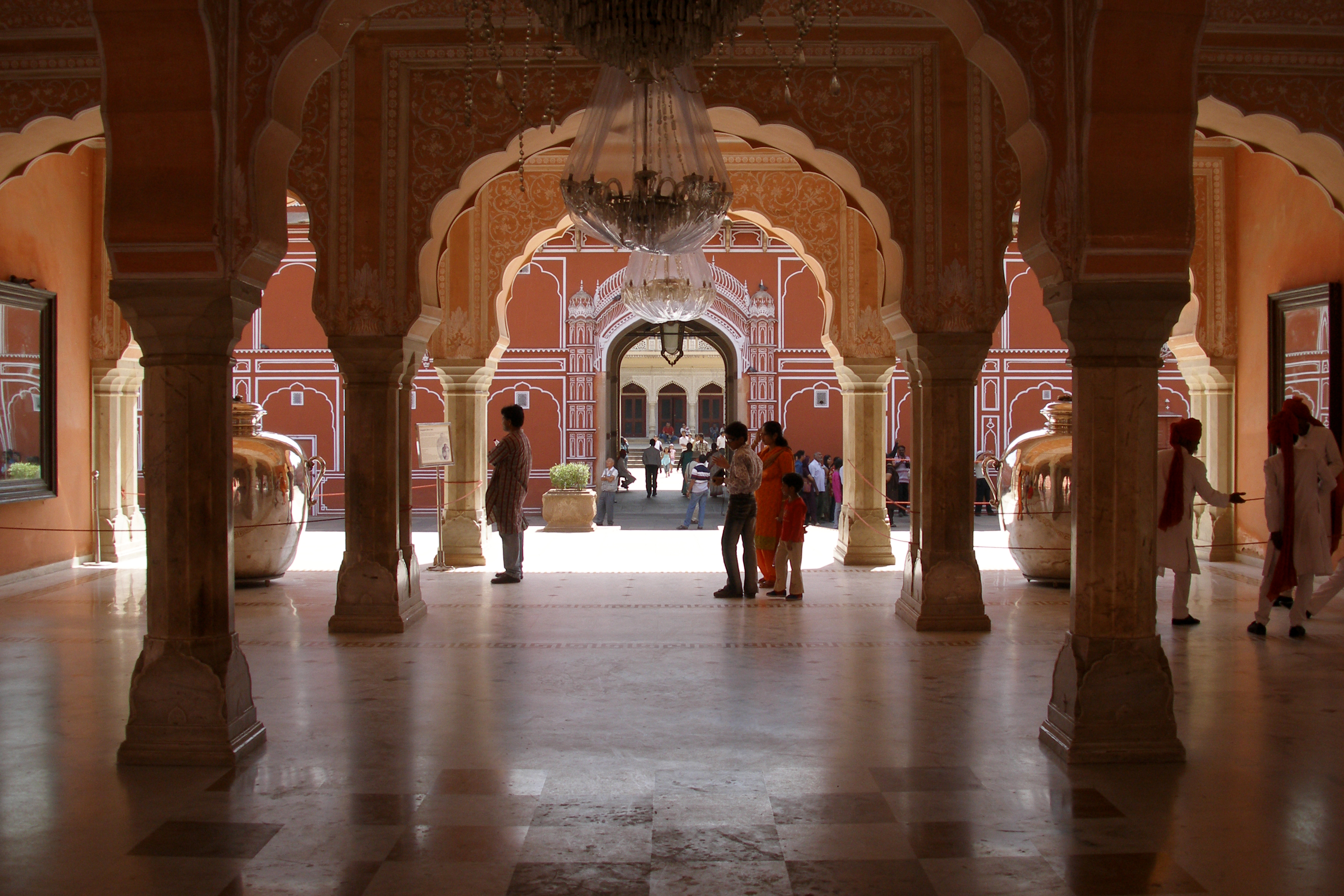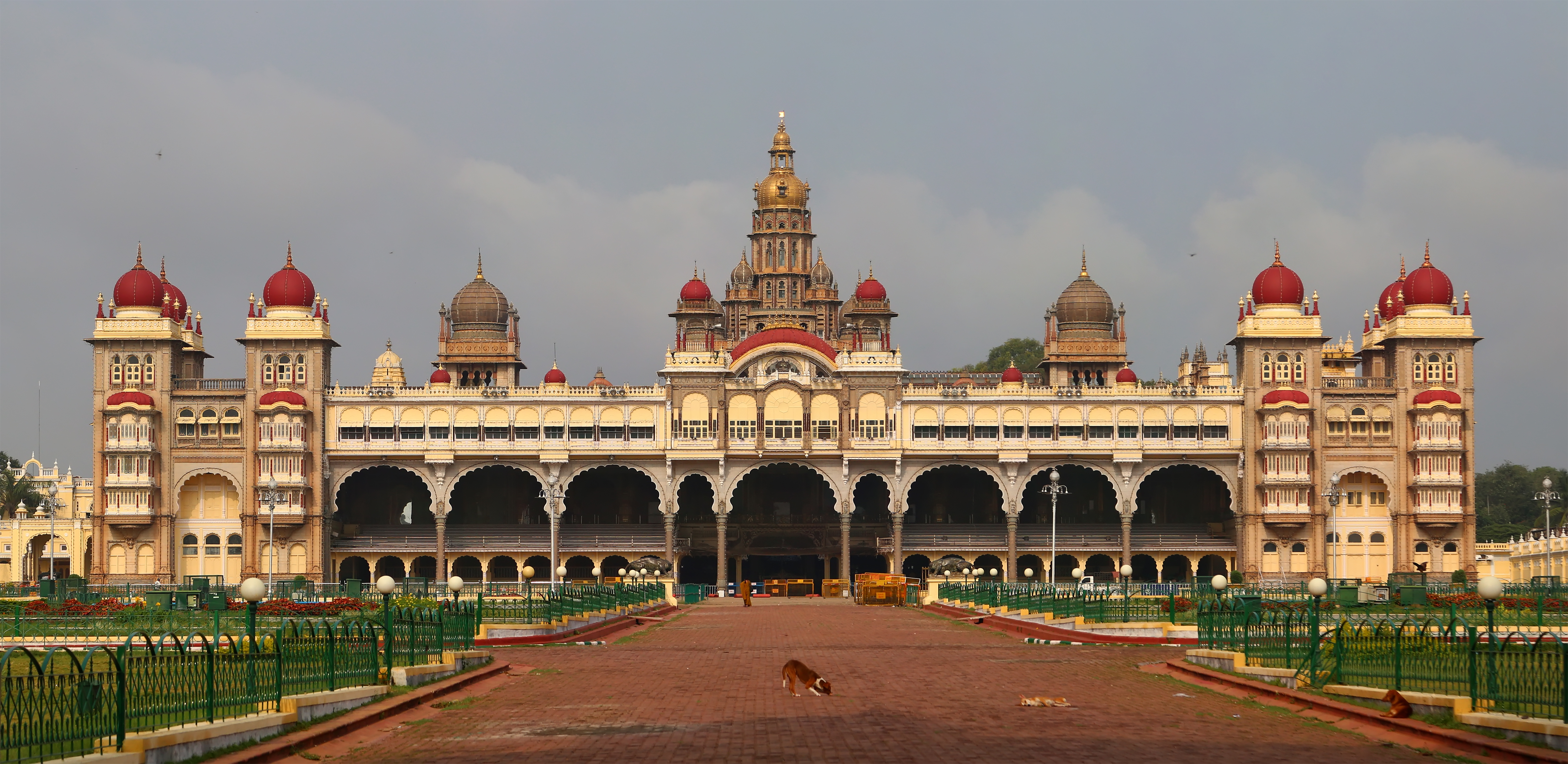 |
Category:Ajanta Caves , Public domain, via Wikimedia Commons Bodhisattva Padmapani Cave No. 1 |
Explore the Timeless Beauty of Ajanta Caves – A UNESCO World Heritage Site in Maharashtra
The Ajanta Caves, nestled in the scenic Sahyadri Hills of Maharashtra, India, are an extraordinary testament to ancient Buddhist spirituality, art, and culture.
Carved into a horseshoe-shaped cliff overlooking the Waghur River, these rock-cut caves date back to the 2nd century BCE and are globally renowned for their exquisite murals, detailed sculptures, and serene monastic architecture.
Recognized as a UNESCO World Heritage Site in 1983, the Ajanta Caves continue to draw travelers, historians, and spiritual seekers from around the world.
Each cave narrates Buddhist stories through vibrant frescoes and stone carvings, blending religious devotion with artistic brilliance.
This ancient site comprises 30 caves that were once used as prayer halls and monasteries by Buddhist monks. The walls come alive with tales from the Jataka stories and scenes from Buddha’s life, making it a cultural treasure trove.
Ajanta is accessible via road, rail, and air, with the nearest airport in Aurangabad. Visitors can find budget and luxury accommodations nearby. Whether you're a cultural enthusiast, a history buff, or a curious tourist, the Ajanta Caves offer a captivating journey into India’s glorious past and are a must-visit destination in Maharashtra tourism.
Historical and Religious Significance
The Ajanta Caves are primarily Buddhist monastic complexes, developed over two distinct periods: the Hinayana phase (2nd century BCE to 1st century CE) and the Mahayana phase (5th to 6th century CE). These caves reflect the evolution of Buddhist philosophy, from the austere practices of early Buddhism to the rich iconography of the later Mahayana school.
 |
Dey.sandip, CC BY-SA 3.0, via Wikimedia Commons Buddhist Chaitya Griha |
They exude a sense of solemnity and focus on the abstract ideals of Buddhism.
During the Mahayana phase, the representation of the Buddha in human form became prevalent. Caves like 1, 2, 16, and 17 are adorned with vibrant frescoes and reliefs that depict Jataka tales (stories of Buddha’s previous lives), scenes from the life of Gautama Buddha, and Bodhisattvas like Avalokiteshvara and Maitreya. This period saw the fusion of devotional worship and narrative art, allowing monks and pilgrims to experience the Buddhist message through visual storytelling.
 |
© Vyacheslav Argenberg / http://www.vascoplanet.com/, CC BY 4.0, via Wikimedia Commons |
Symmetrical row of pillars, with stupa in the apse. The stupa is surrounded by pillars and a concentric walking space for circumambulation
Monks, artists, and patrons coexisted here in an atmosphere steeped in learning, tolerance, and sacred discipline.
The Architecture and Sculpture of the Caves
The Ajanta Caves comprise 29 rock-cut caves, classified into two major types: Chaityagrihas (prayer halls) and Viharas (monasteries). These were excavated into the cliff using only hammer and chisel—an astonishing feat considering the scale and detail of the work.
-
Chaitya Halls like Cave 9 and Cave 19 are meant for congregational worship. Cave 19 is one of the most ornate examples, featuring a horseshoe-shaped entrance, intricately carved façade, and a large stupa flanked by standing Buddhas.
-
Viharas, such as Cave 1, Cave 2, and Cave 17, served as residential quarters and meditation halls for monks. These feature multiple small cells around a central hall, elaborately painted pillars, and large Buddha statues on the rear walls.
The sculptures at Ajanta are notable for their grace and meditative quality. The figures of Buddha—seated in padmasana (lotus posture), standing with one hand in the abhaya mudra (gesture of reassurance), or reclining during his mahaparinirvana—are carved with deep spiritual symbolism. The sculptors captured not only anatomical precision but also inner serenity.
Particularly remarkable are the Bodhisattva Padmapani and Avalokiteshvara images in Cave 1. Their postures, jewelry, and contemplative expressions represent the compassion and transcendence of the Mahayana ideal. The carvings are deeply human in their emotional content, yet ethereal in their visual execution.
Frescoes and Paintings: The Living Soul of Ajanta
While the stone carvings are exceptional, it is the murals and frescoes that give Ajanta its universal fame. These wall paintings are among the earliest and finest examples of Indian painting, predating even the murals at Ellora and the miniature traditions of Mughal and Rajput art.
 |
Shishirdasika, CC BY-SA 4.0, via Wikimedia Commons Yakshas and Kinnaras in Brahmakayika heaven in Ajanta Cave 2 |
The murals reflect not only the spiritual message of Buddhism but also the socio-cultural life of ancient India—its costumes, architecture, flora and fauna, emotions, and daily routines.
One of the most iconic paintings is that of the Bodhisattva Padmapani, whose serene face and flowing adornments capture divine compassion. In Cave 17, a series of panels beautifully depicts Buddha’s life events, while the murals in Cave 2 focus on feminine grace and courtly elegance.
 |
Ajanta Caves , Public domain, via Wikimedia Commons |
Despite being over 1500 years old and exposed to decay and neglect, many of these paintings retain their vibrancy and detail.
Bodhisattva Padmapani
These murals are a goldmine for art historians, archaeologists, and spiritual seekers, representing a harmonious union of color, gesture, story, and belief.
How to Reach Ajanta Caves
Ajanta Caves are located near Aurangabad in the Indian state of Maharashtra, approximately 105 kilometers northeast of the city.
By Air:
-
The nearest airport is Aurangabad Airport, which is well connected to major Indian cities such as Mumbai, Delhi, Hyderabad, and Pune.
-
From Aurangabad, taxis and buses are available to Ajanta.
By Train:
-
The nearest railway station is Jalgaon, around 60 km from the caves.
-
Jalgaon is connected to Mumbai, Pune, and other major junctions.
-
Alternatively, you can arrive at Aurangabad Railway Station and take a road trip to Ajanta.
By Road:
-
Ajanta is well connected via National Highway NH-211.
-
State-run MSRTC buses and private taxis regularly operate between Aurangabad and Ajanta.
-
Tour operators also provide package tours from Aurangabad that include both Ajanta and Ellora caves in a one or two-day itinerary.
Accommodation Options for Tourists
While there are no accommodations inside the cave complex itself due to its protected heritage status, tourists can find a variety of options in nearby towns and cities:
In Aurangabad:
-
Budget Hotels: Hotel Sparkling Pearl, Treebo Trend Lalaji’s Executive, Hotel Panchavati.
-
Mid-range Hotels: Ambassador Ajanta, Lemon Tree Hotel, Vits Hotel.
-
Luxury Hotels: Vivanta Aurangabad, WelcomHotel Rama International.
In Jalgaon:
-
Hotel Royal Palace, Hotel President, and K P Pride Hotel are popular options.
Near Ajanta (Fardapur and T Point):
-
MTDC Ajanta T Junction Resort: Run by Maharashtra Tourism, this is a basic but convenient accommodation.
-
Ajanta Tourist Resort: Affordable and clean, close to the caves.
-
These places offer simple food, resting facilities, and are ideal for travelers who want to visit the caves early in the day.
Foreign tourists are advised to book accommodation in Aurangabad, which offers better amenities, internet access, multi-cuisine food, and medical services. From there, they can take a day trip to Ajanta with guided tours.
Entry Timings, Tickets, and Travel Tips
-
Opening Hours: The caves are open from 9:00 AM to 5:30 PM, closed on Mondays.
-
Entry Fee: For Indian citizens: ₹40; for foreign nationals: ₹600 (approx. USD 7).
-
Photography without flash is permitted inside some caves, though the use of tripods and flash lighting is prohibited to protect the paintings.
Travel Tips:
-
Start early: To avoid heat and crowds, reach the entrance gate early in the morning.
-
Wear comfortable shoes: A considerable amount of walking and climbing is involved.
-
Carry water and snacks: Though basic facilities are available, it’s wise to be self-sufficient.
-
Hire a guide: A local guide or audio tour enhances the understanding of the caves’ narratives and iconography.
-
Avoid touching the walls and paintings: They are extremely fragile and irreplaceable.
Tourism and Conservation
Over the years, the increasing influx of tourists has posed challenges for the preservation of Ajanta’s delicate murals. Conservation efforts are carried out by the Archaeological Survey of India (ASI), which maintains the cave site and limits tourist exposure to sensitive areas.
To spread awareness, an Ajanta Interpretation Centre has been built near the parking area, which offers scaled-down digital replicas and detailed explanations of the caves' significance, allowing those who cannot climb all the way to still enjoy the splendor.
Sustainable tourism practices are now being encouraged. Visitors are asked to maintain silence inside the caves, avoid littering, and use eco-friendly transport like shuttle buses from the base parking area to the cave entrance.
Ajanta Caves in the Global Consciousness
Ajanta Caves birds eye view Kunal Dalui, CC BY-SA 3.0, via Wikimedia Commons |
Ajanta is not merely a collection of ancient art; it is a living legacy, speaking across centuries. It reflects India’s deep-rooted values of tolerance, non-violence, and devotion to spiritual inquiry.
The caves continue to be a pilgrimage site for art lovers, scholars, Buddhists, and seekers, reminding us that human creativity—when guided by the spirit of dharma (righteousness)—can give birth to something truly eternal.
Conclusion
A visit to the Ajanta Caves is a journey into the heart of ancient India’s spiritual and artistic life. It is a place where stone speaks the language of silence, and where colors tell stories of compassion, renunciation, and human dignity. Whether you are a pilgrim seeking divine inspiration, an art lover tracing the origins of Indian painting, or a traveler uncovering the layers of history—Ajanta welcomes you with its quiet grandeur.
The caves are not just monuments; they are testimonies to India’s cultural brilliance, waiting patiently to be understood, admired, and preserved. In a world often fractured by conflict, Ajanta offers an enduring message of peace, beauty, and the universality of the human soul.








_360_-_Flickr_-_archer10_(Dennis).jpg)








